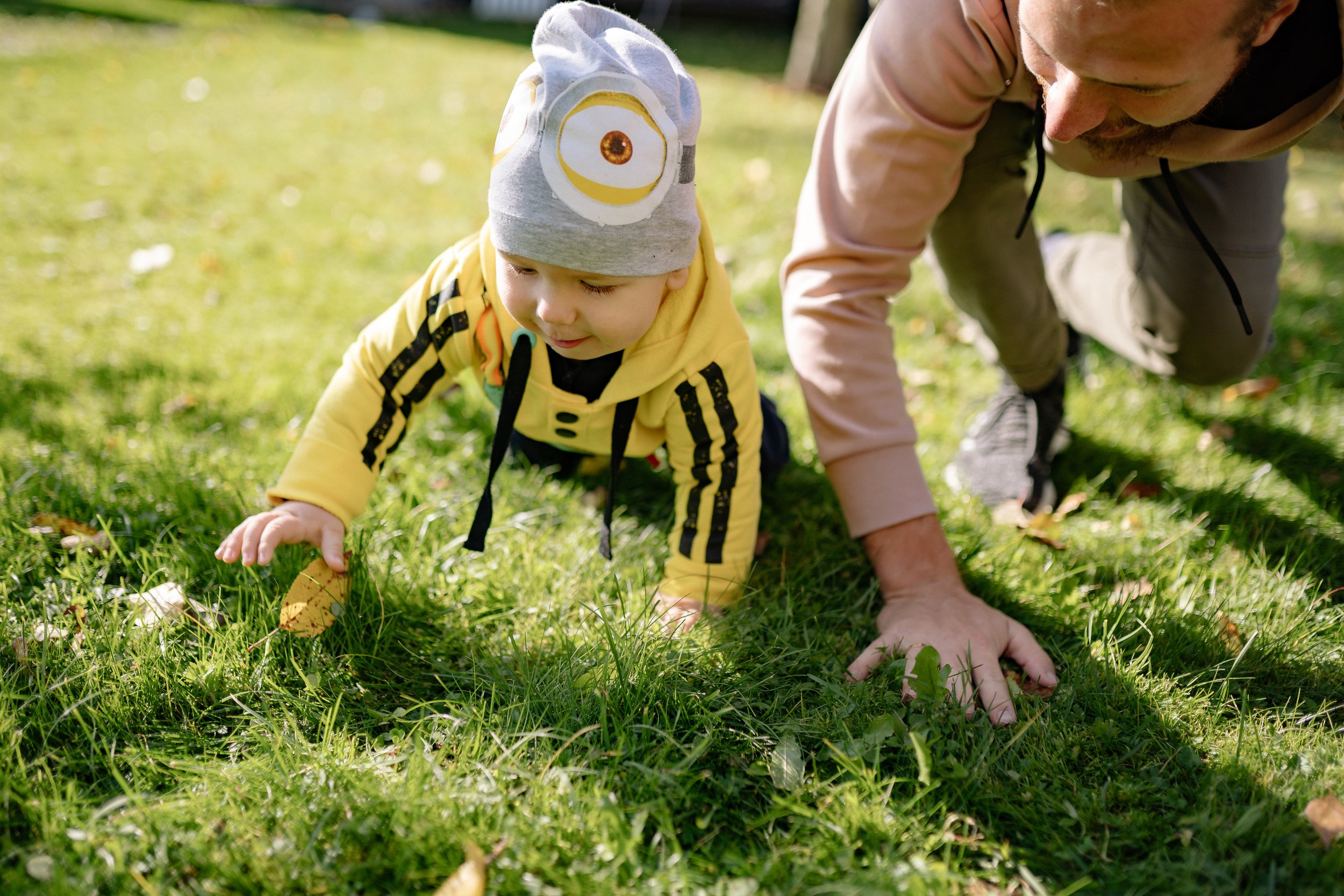
Blog
Usha Patel, Neurocognitive Therapist and Director of Raviv Practice London shares her first-hand experience of working with children /adults and the latest research and upcoming events in her series of blog posts.
How movement is connected to how we learn
Neural pathways are routes created in the brain for information, thoughts, and responses to stimuli. However, thinking and talking are formed way later than physical movement. Babies can’t speak, but they certainly can learn to move, grasping and crawling long before they start to talk. The neural channels we create for movement activities are used later for thoughts and cognitive processes.
Why does my nine-year-old still wet his bed?
If your bright and active nine-year-old still wets the bed, you're not alone, and it's not their fault. This blog explores the connection between unintegrated reflexes and nighttime accidents, and how therapies like MNRI can help resolve bedwetting quickly and effectively.
How can I help my pre-school child with their writing skills?
Think your preschooler’s wall scribbles are just mischief? They may actually be building vital writing skills. Here’s how to support them the right way.
Why does my child stick his tongue out when writing?
Tennis is seldom played quietly, and the players make grunting sounds as they hit difficult volleys across the net. This is a great example of how we link actions of our hands and mouths together when we perform an activity.
Body, brain and improving handwriting
A parent came to me, shocked to hear the evaluation for her daughter. After a two-month break from intensive occupational therap,y her 7-year-old daughter was displaying weak core strength.







